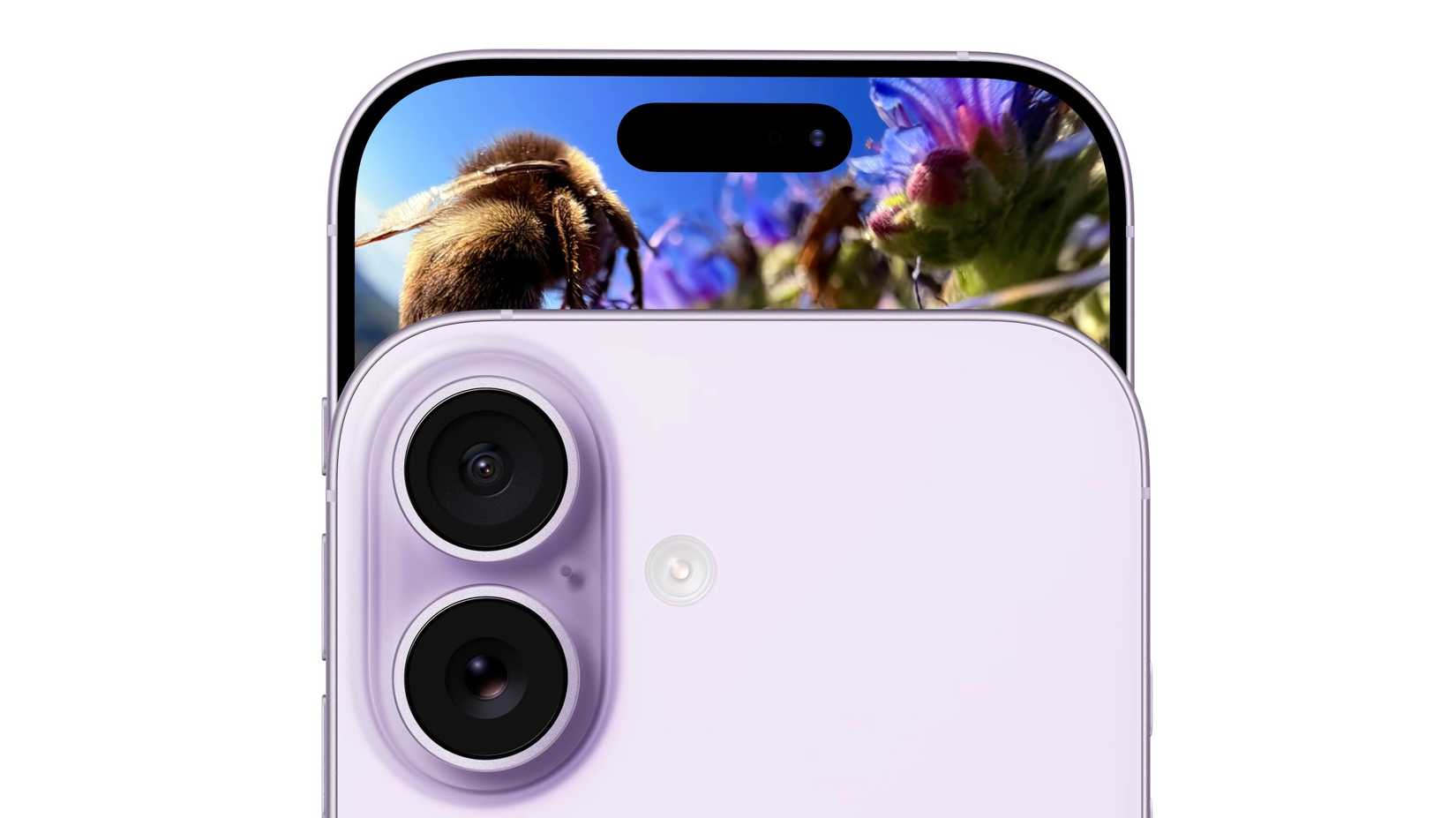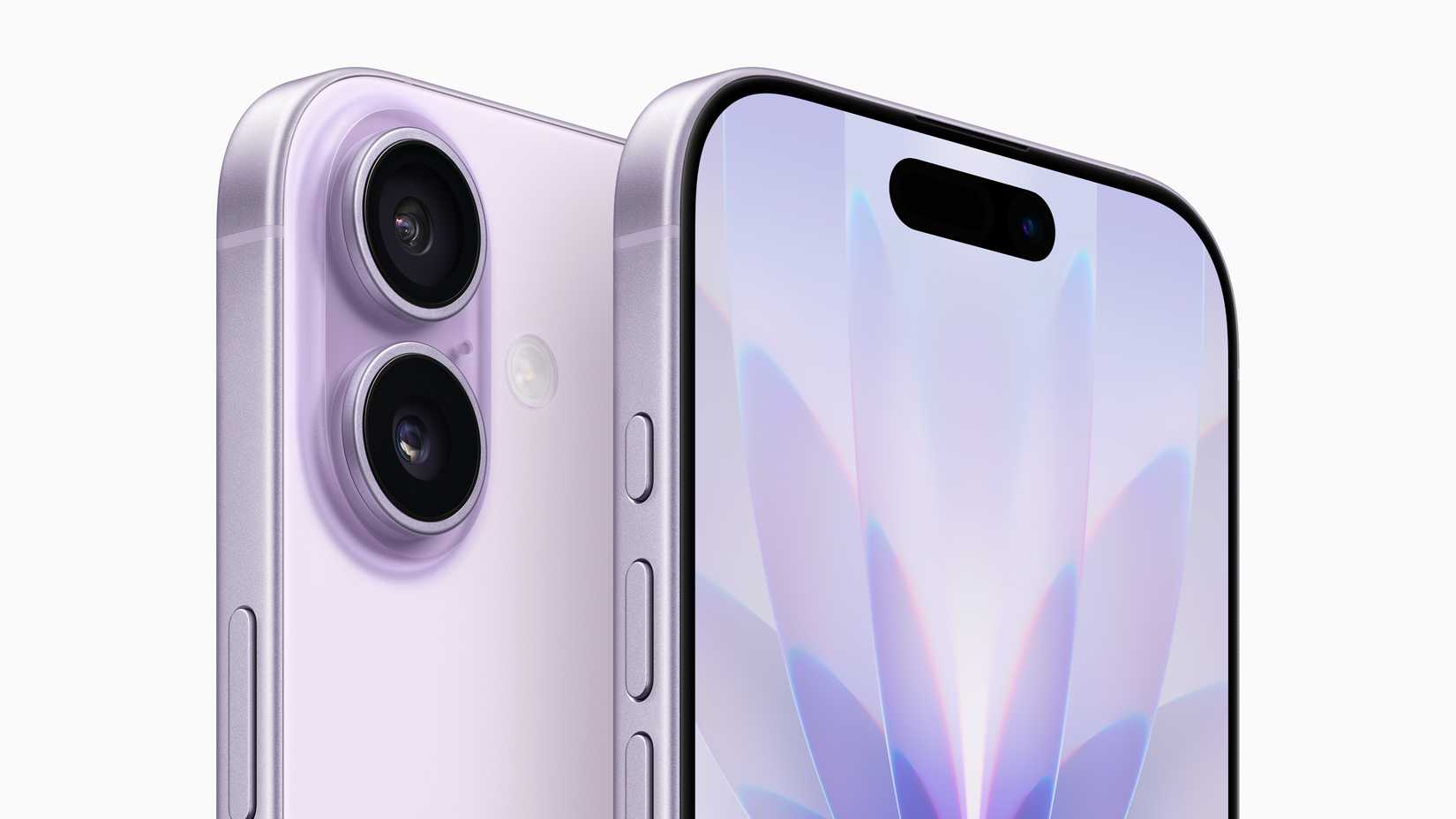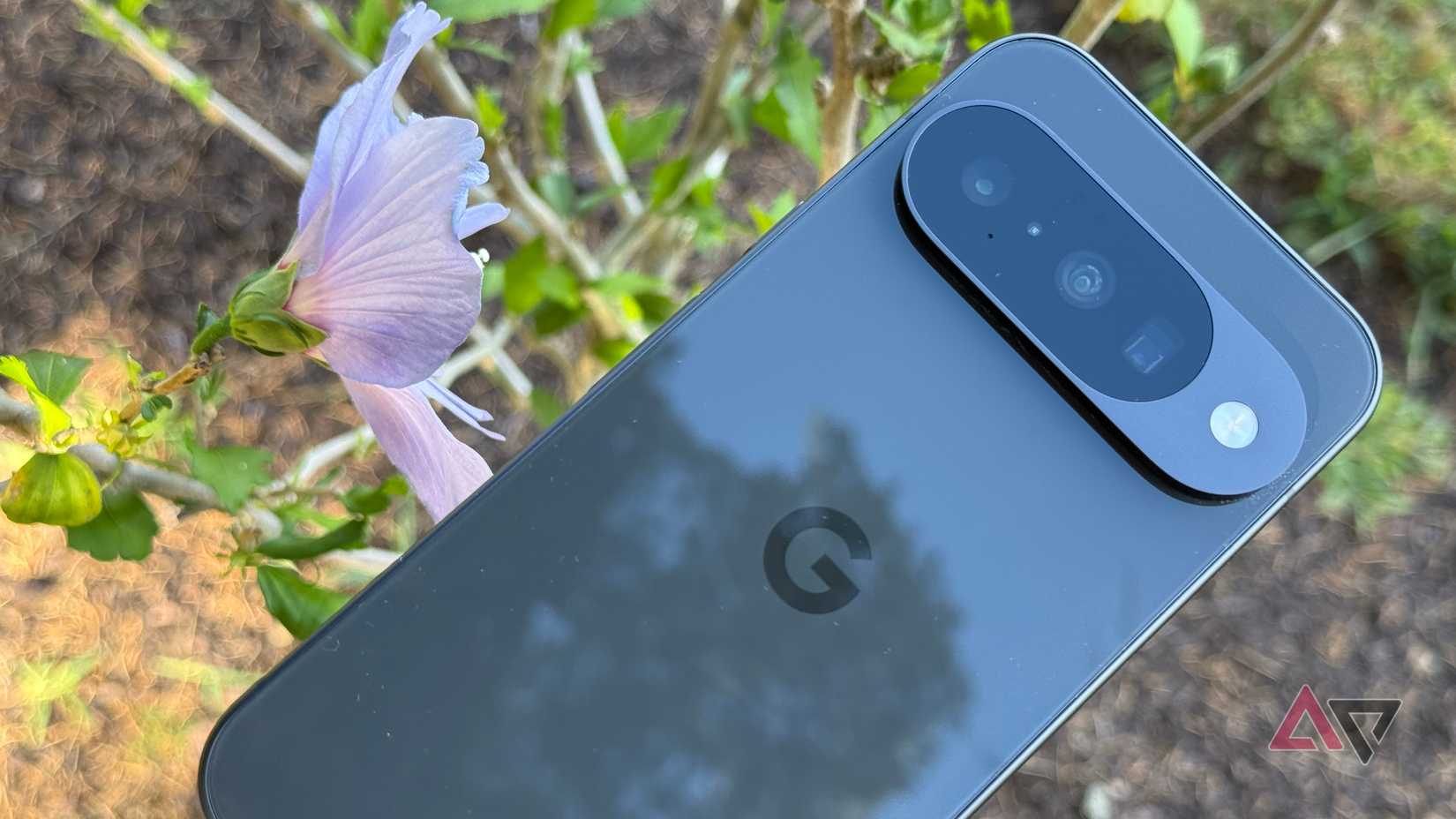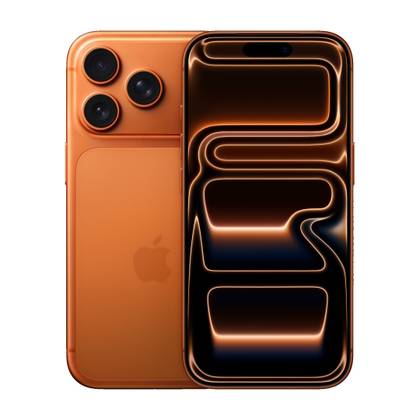Google made big upgrades to the base Pixel 10 this year, adding a faster and more efficient Tensor G5 chip, a 5x telephoto camera, Qi2 support, and a brighter display.
However, with the iPhone 17’s arrival, the Pixel 10 has lost its sheen. It feels like an outdated Android device from 2024, rather than one that debuted a month ago.
Pixel 10 can’t keep up with the iPhone 17’s 120Hz display
Apple shows up late, but delivers flawlessly
For years, Android fanboys trolled Apple for shipping its non-Pro iPhones with a 60Hz OLED panel. With the iPhone 17, Apple not only catches up to the competition but overtakes them.
The new phone sports a 6.3-inch 120Hz ProMotion OLED display, which can adjust its refresh rate from 1Hz to 120Hz. There’s even support for always-on display.
Plus, the panel can hit a peak brightness of 3,000 nits and a minimum brightness of 1 nit. On top of that, the screen is shielded by Apple’s latest Ceramic Shield 2, with three times the scratch resistance and enhanced anti-reflective properties.
By comparison, the Pixel 10’s display shares only two traits with the iPhone 17: the 6.3-inch size and 3,000-nit peak brightness. In every other way, it’s inferior to that of the iPhone.
Despite Google switching its Pixel lineup to 120Hz OLED panels years ago, the base Pixel 10’s screen can only shift between 60Hz and 120Hz.
And it uses Gorilla Glass Victus for protection, which debuted five years ago, and can’t match the scratch resistance or anti-reflective properties of the iPhone 17’s glass.
Apple iPhone 17
- SoC
-
A19 chip
- Display type
-
Super Retina XDR display
The iPhone 19 line offers some of Apple’s bleeding-edge technology, such as the new A19 chip, an incredible 30-hour battery life, and more.
- Display dimensions
-
6.3-inches
- Storage
-
256 or 512GB
- Battery
-
Up to 30 hours of video playback
- Ports
-
USB-C
- SIM support
-
eSIM only
- Operating System
-
iOS
- Wi-Fi connectivity
-
Wi-Fi 7
- Bluetooth
-
Bluetooth 6
- Colors
-
Lavender, Sage, Mist Blue, White, Black
A more feature-rich camera
It’s not just about raw specs
On paper, the Pixel 10’s triple rear cameras might seem more versatile than the iPhone 17’s. After all, it even includes a 10.8MP 5x telephoto shooter alongside a 48MP primary and a 13MP ultrawide.
However, that’s not the case — Google switched to smaller primary and ultrawide sensors on the Pixel 10 compared to the Pixel 9 to make room for the 5x telephoto.
Admittedly, the Pixel 10 still sports a bigger primary camera than the iPhone 17. The latter features a 48MP f/1.6 primary camera with a 1/1.56-inch sensor — the same setup as its predecessor.
By comparison, the Pixel 10 uses a larger 1/1.2-inch sensor paired with a slightly slower f/1.7 aperture. A bigger sensor should allow for more light intake, helping improve dynamic range and low-light image quality.
The Pixel 10 pairs it with a 13MP ultrawide, whereas the iPhone 17 steps up to a sharper 48MP ultrawide camera.
More importantly, Apple’s newest iPhone features an 18MP Center Stage camera in the front. This is a square sensor, which Apple says will enable you to take photos in portrait or landscape orientation without rotating the phone.
Plus, with Center Stage support, the camera will automatically reframe the feed while on video calls to keep you in the center.
For vloggers, the 18MP sensor enables recording ultra-stabilized footage. And there’s also the ability to record from the front and rear cameras simultaneously.
For comparison, the Pixel 10 uses a 10.8MP f/2.2 selfie shooter with a 95-degree field of view. Decent, but it’s not as versatile as the iPhone 17’s front camera.
Besides raw specs, the iPhone 17’s camera packs more features that will be useful in everyday use. This includes being able to record Dolby Vision videos in 4K 60fps resolution, Cinematic mode with Dolby Vision at 4K 30fps, Dual Capture, and Night mode Time-lapse.
The Pixel 10 either lacks these features altogether or offers a pared-down version, making Apple’s camera suite more versatile for both casual users and creators.
Better performance and faster charging
Another everyday win for the iPhone 17
When it comes to mobile chips, Apple’s A-series delivers unmatched performance and efficiency.
With the Tensor G5 and the switch to TSMC’s node, it was widely expected that Google’s newest Pixels would deliver a noticeable jump in battery life and sustained performance.
Sadly, that has not exactly been the case, with the Pixel 10 and its Pro siblings providing the same battery life as its predecessor.
Worse, the performance gains are minimal at best, with the Tensor G5 only capable of rivaling the best Android flagship phones from two to three generations ago.
The A19 chip inside the iPhone 17 is in a league of its own. It’s considerably faster and more power-efficient than Google’s newest Tensor chip. Coupled with Apple’s tight vertical integration and optimization, this means the iPhone 17 will outlast the Pixel 10.
Even if the battery life ends up being similar on both phones in your use case, the iPhone 17 charges faster. You can refill its battery from empty to 50% in only 20 minutes; the Pixel 10 takes 10 minutes longer to hit the same mark.
The iPhone 17 even charges faster wirelessly, supporting speeds of up to 25W, while the Pixel 10 maxes out at 15W.
iPhone 17 packs more value
It gives more for your money
The Pixel 10 and iPhone 17 both cost $800 before taxes in the US. But in many ways, the latter offers more value for money. You get a better, higher refresh rate display, a faster chip, longer battery life, and faster charging.
As if that weren’t enough, Google charges $800 for the Pixel 10 with just 128GB of storage, while Apple has doubled the iPhone 17’s base storage to 256GB this year.
Even if you ignore everything else, that means the Pixel 10 technically costs $100 more.
The iPhone 17 makes the Pixel 10 feel old
Apple hasn’t introduced any major technical breakthroughs with the iPhone 17 this year. Instead, it focused on perfecting the basics — and that alone is enough to make the Pixel 10 look irrelevant by comparison.
When you spend $800 on a phone, you want a great display, all-day battery life, excellent performance, and feature-rich cameras. And the iPhone 17 nails these aspects, while the Pixel 10 falters in some areas.
Yes, the Pixel 10 does have one clear advantage over the iPhone 17: deeper AI integration. Tempting as that may be, the iPhone is still the better choice for most users.
If you still want to stick to the Android ecosystem, consider buying one of these Pixel 10 alternatives.
Apple iPhone 17 Pro
- SoC
-
A19 Pro chip
- Display type
-
Super Retina XDR display
- Display dimensions
-
6.3-inches
- Storage
-
256GB, 512GB, or 1TB
- Battery
-
Up to 39 hours of video playback
- Ports
-
USB-C
Need even more powerful specs for your smartphone? The iPhone 17 Pro will give you all that and more, with a price tag to match.
- Operating System
-
iOS
- Colors
-
Silver, Cosmic Orange, Deep Blue







